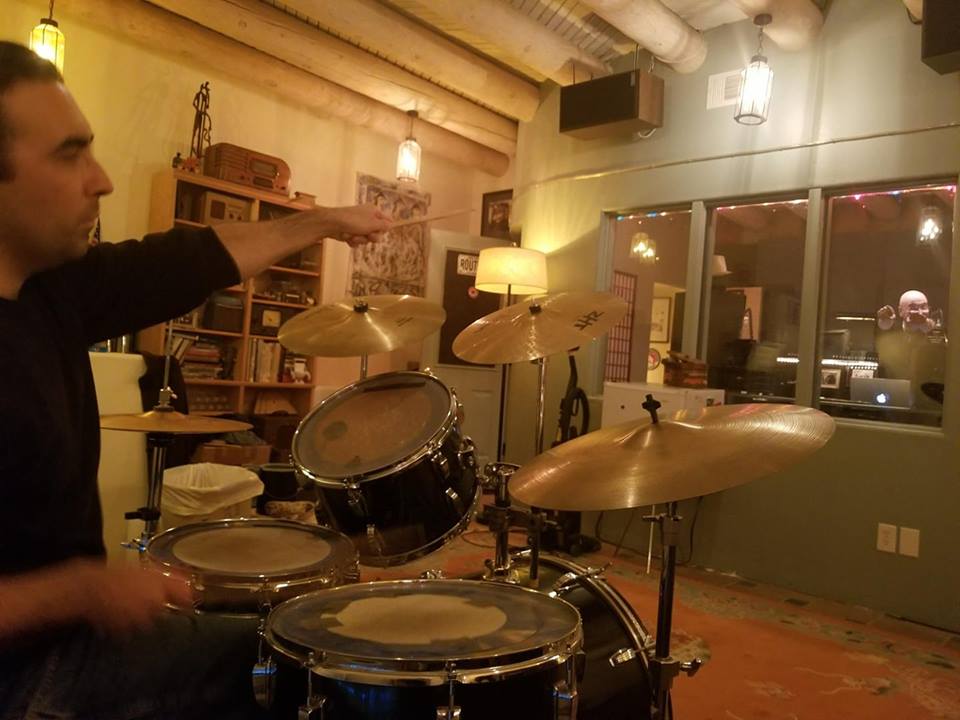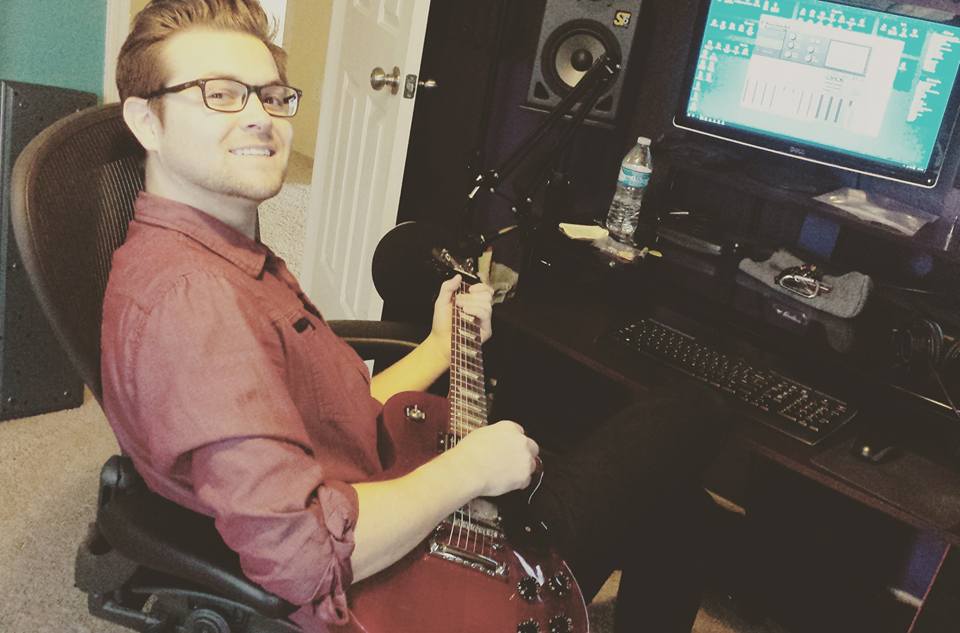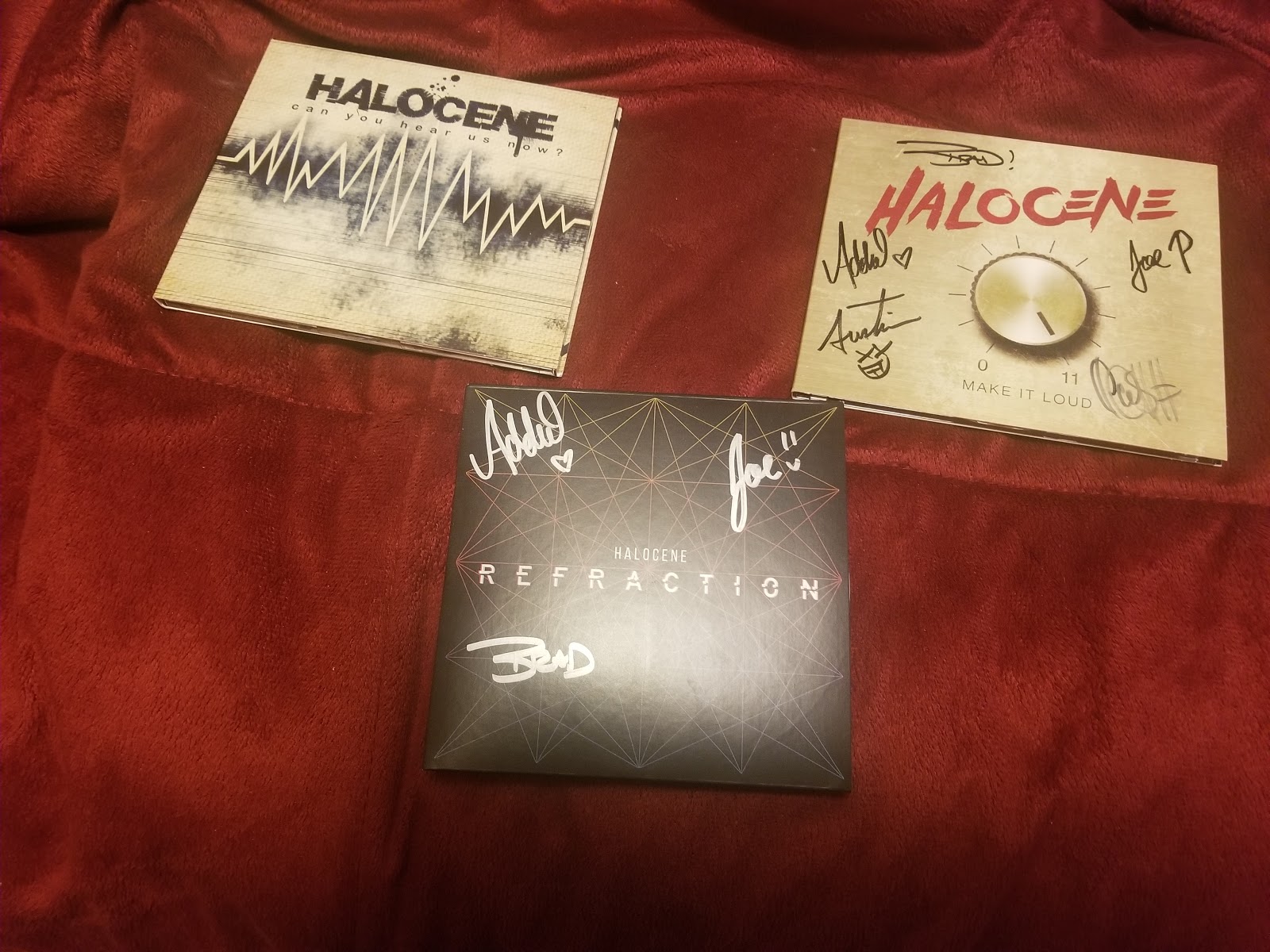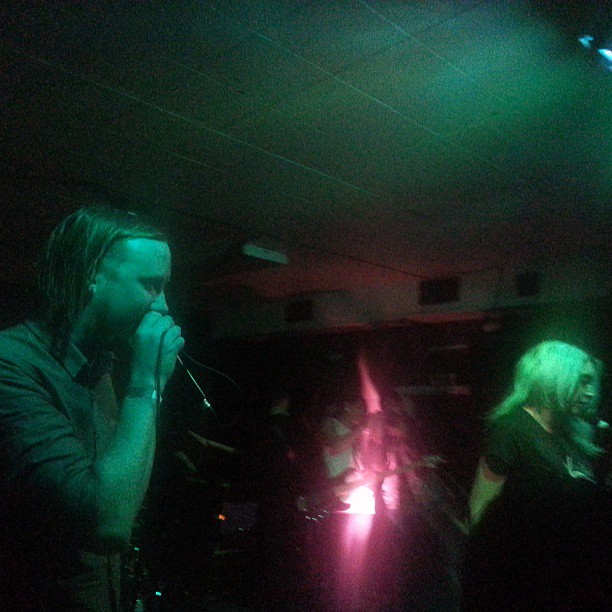By Kenya Gable / NM News Port
Editor’s Note: A lot can happen between the time an artist sets out to make an album and when that album actually gets released into the hands of the fans. As part of his exploration of the Albuquerque music community, reporter Kenya Gable checked in with three local music producers to get a better understanding of what goes into the timeline of getting albums made.
Dave Heidt, Route 66 Music
Dave Heidt has been a producer in New Mexico for almost nine years and has his own studio, Route 66 Music, in Bernalillo.
“I opened this place up in the Fall of 2009 but have also done work in New York and Montana,” Heidt said.
Being an independent producer requires the ability to schedule multiple artists simultaneously, he said.
“At any given point in time, I’m probably working on three projects,” Heidt said.
For Heidt, he can be helping an artist from the very beginning of the recording process or pick up later in the process if they have some work already done but want to get more out of it, he said.
“I’m a mixing engineer as well so if there’s stuff that they put together, they can bring it in here and record again and put finishing touches on it,” Heidt said.
One of Heidt’s current projects is Gold Winter with Angelo Unale. Together, they’ve been working on the project since 2010.

“Imagine how much music we have recorded in this time period; it’s A LOT of songs,” Unale said.
Recording any one of those songs could take about a week, said Heidt.
“Angelo will come in with a song or idea and we’ll set up a drum beat for him to keep time with and he’ll play the guitar part that he wants and sing a part — and that will be one day,” Heidt said. “Then, I’ll come in another day and start putting the bass part together and program the drums. It depends on how many other people I’m working with at the time, but it takes around six days, around eight hours (a day), to start and finish a song.”
Some days and sessions can be longer.
“He does a lot of hours on those in mixing and mastering them, in getting them pitch perfect,” Unale added. “This last time around, I say he did some twelve-hour shifts.”
Heidt also works with people of all genres which can add to his already busy schedule, he said.
“I’ve done a spiritual record recording — all the orchestral parts — and she was living in Atlanta at the time, so we would communicate through emails… so that took a solid nine months,” Heidt said.
There are many levels when it comes to working with an artist, he said.
“The communication is the thing,” Heidt said. “Some clients we talk about (our options) before hand and others know exactly what they want, do the parts themselves, and I’m just the guy who pushes the start and stop button.”
It can be tough scheduling all these acts and still finding time for a personal life, he said.
“I just treat it as a job; I come here at 7:30 in the morning and I leave at five,” Heidt said. “I’ll also spend time learning new programs and looking up music on YouTube.”
Heidt has won three New Mexico Music Awards for his work with artists including best metal with Unale — though they have yet to release that song to the public.
“We haven’t put it out yet just for the pure fact that when it comes out on the album, it adds this mystique of hey, they won for this, let’s hear what this song is,” Unale said.
When that time does come, Heidt will be the last guy to touch the product before it goes off to the manufacturer, he said.
“We pick the songs that are going to go on the album,” Heidt said. “I’ll mix them then put them into another program for mastering to make sure everything sounds on equal (volume) levels and then we send it off!”
Going forward, Heidt wants to continue producing and helping small artists with their work.
“I’m in a good place of where I want to be and this is a gift and a beautiful thing to be able to do this,” he said.
![]()
Bradley Amick, AIMX Studios
Bradley Amick has been the guitarist for Halocene for almost ten years and has self-produced their four releases.

“I went into producing first and wanted to have my own Pink or Avril Lavigne or Kelly Clarkson type artist and that’s how I came about finding Addie Nicole (a local singer) and once we got together and met, it quickly went from me being a producer for her and then joining the band and producing for us,” he said.
In addition to his own material, Amick produces other local artists.
“The most recent artist that I did was Charlie Barrale and he wanted to do a country album so, we flew him out here and put together a little country EP,” Amick said.
Balancing time between his own music and producing the music for others can be tough scheduling, he said.
“I really don’t produce too many artists anymore but Addie and I do more producing of jingles for toy commercials and stuff like that nowadays,” Amick said. “You have more creative freedom, it makes the process more enjoyable, there’s more money involved, and it doesn’t take as long.”
Halocene’s latest release, Refraction came out on January 1, 2018. The album was delayed three or four months as the band explored new directions, Amick said.
“It was a lot more challenging for me because it’s much more pop based and our band hasn’t sound like that on our last three releases,” Amick said. “I don’t sit and mess around with synths all day like some pop producers do but I stumbled my way through it and eventually got all the music done.”
When you’re a producer in a band, the music is never done, Amick said.
“You could work on it and fine tweak things forever and eternity but eventually you just have to say, ‘you know what that’s good enough,’ that’s how this chapter of things are going to sound, and you just have to move on to the next thing,” he said.
The first song on the new album, Savages, came out eight months before the album but Amick still felt it was important to include, he said.
“We still wanted to put it on Refraction because that was what spawned the interests to do a new album anyway. With so many other things happening, it was tough squeezing in new music but I’m glad we were able to do it,” Amick said.
The band also self-shoots their music videos which adds even more work to Amick’s schedule.
“About 80 percent of the time, we are producing about one music video and audio a week so to keep that schedule up and also work on brand new music, it was tough scheduling all of that, but we did it,” he said.
The time it takes to assemble a finished album greatly varies, Amick said.
“Savages took us two days but others off that album, it seemed like it was never going to be done,” he said. “The longest was our second release, Can You Hear Us Now — that took around eight months to get done.”

This also goes for cover songs that the band does.
“Some can be really fast and others take time. The one we did for Helena by My Chemical Romance took some more time because it was out of my element because it had violins, strings and piano and programming instruments and I’m not an orchestra,” Amick said. “And then our evolution of Paramore video I did all the music for and that was like doing a dozen songs in one. It can take three to four hours… or 10 days like that one took.”
Over this span of his career, Amick has honed his production style.
“I wish I had the producing chops I have now during our second release,” he said. “I wish it sounded a little more polished and the sonic quality we have now. The song Make It Loud off our third album we worked on for almost a decade and felt it was always missing something but finally it happened, and it’s one of my favorite songs that we’ve ever done.”
Being in the band and producing causes Amick to backtime all the work so it is done in time for release.
“I start the music, then I give it to Joe, our drummer, then it goes to Addie for vocals. After that, I kind of post-produce it, then we’ll record stuff again if needed, but if not I’ll mix and master it, and then shoot the video,” he said.
This also goes for getting work to others in time.
“For our own releases I use a company called Audio Bay Mastering in Michigan so I always need about a week to send it to them because I love their mastering on physical albums,” Amick said. “This also goes true for ITunes — they can have your digital album up in a day or it can take two weeks. You have to give yourself and them some buffer space for the release.”
For Amick, there’s still a lot that he wants to do in his career both as a performer and producer.
“Tour everywhere, collaborate with other artists, and be able to pursue this full time,” he said. “I have my own little team for production and we’re nearing our 3,000th project so it’s cool to look at how much work we’ve done and going forward.”
Shane Gould, Monster Box Studios
Shane Gould is another producer who plays in a band. He’s the co-vocalist for The Animal In Me (TAIM) and has four albums out.
“I have been producing since 2001,” Gould said. “It’s tough to count but I know it’s up in the 50’s of how many other artists I am currently producing or have produced including The Colossal Dream and Common Crooks.”
Lots of Gould’s work is in the metal and rock genre. When it comes to scheduling, it is easier to have the artists email him to set up something when he’s not working on his own music, he said.
“It’s very fun for me working on our own music. I’m kind of a control freak so I like having the opportunity to shape the music the way I want,” Gould said.
With being a producer for himself and others, it does get tough, he said.
“When I produce and write for others, stuff just flows out of me easier,” Gould said.”I always end up thinking, ‘why didn’t I keep that song or whatever for us?’”
For Gould, his typical producing schedule varies.
“Usually I do pre-pro (pre-production) and record all the music one day and all the vocals the next so two days for tracking and then one day of post-pro (post-production), mixing and mastering,”Gould said.
This takes longer when it’s for TAIM or another artist that Gould is performing with.

“If it’s someone else’s band, because they already have the songs, then if it were a 10 track album, it’d be 10 days of pre-pro and tracking, 10 days of vocals and then after the band had left, two to three days of post-pro, mixing and mastering,” Gould said. “For ourselves, it depends on how long the song writing process goes. For Helping Won’t Help we finished it and then it was about three months from when it was finished that it went to pre-order.”
Indie bands take on a lot of the work that otherwise traditional recording companies do, he said.
“Every part of TAIM is all taken care of by only Laura, Daniel and I. So, that means all the music recording, video filming and editing, merch designs, album art designs, website and everything else is all done by three people,” Gould said. “So after the album is finished, we have to set up the pre-orders, bundles, come up with merch for the album and how we plan to promote it like all the social media posts or advertising.”
Gould adds, “For most bands they just focus on just the music and have people making merch and sending out pre-orders and making album art, so it’s a much more streamlined process.”
Of everything that he does and hopes to do, Gould enjoys the song writing and producing the most, he said.
“It’s fun to be able to create something that you can be proud of while also having someone else enjoy it,” Gould said.
You can follow Kenya Gable on Twitter.
